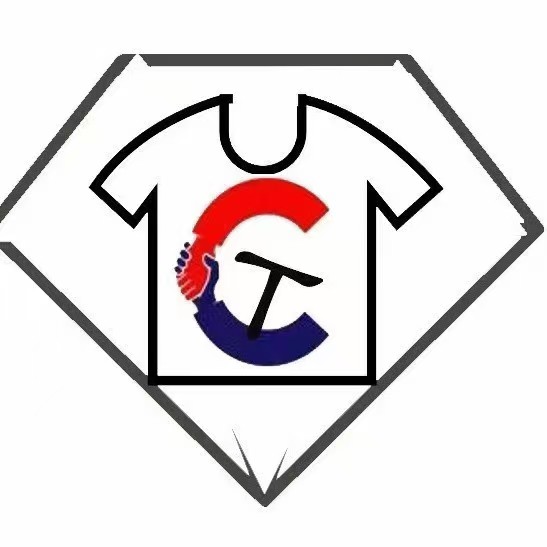Singapore’s garment factory industry has come a long way since its humble beginnings. From small, family-owned operations to large-scale factories, technology has played a crucial role in modernizing and transforming the industry into a thriving, competitive sector.
One of the key ways technology has revolutionized the garment factory industry in Singapore is through automation. Automated machines and robots have replaced manual labor in many aspects of the production process, leading to increased efficiency, accuracy, and consistency in garment manufacturing. This has not only helped to reduce production costs but also improve the quality of garments produced.
Another important technological advancement in the garment factory industry is the use of computer-aided design (CAD) and computer-aided manufacturing (CAM) software. These tools enable designers to create intricate and complex garment designs with ease, while also streamlining the production process by generating accurate patterns and cutting instructions for the factory floor. This has significantly reduced the time required to bring a garment from concept to production, allowing manufacturers to respond quickly to changing consumer trends and demands.
Furthermore, the adoption of digital technologies such as RFID (radio-frequency identification) and barcode systems has revolutionized inventory management and supply chain operations in the garment factory industry. These technologies enable manufacturers to track individual garments throughout the production process, from raw materials to finished products, ensuring greater transparency, traceability, and accountability in the supply chain.
Moreover, the rise of e-commerce and online retail has also had a significant impact on the garment factory industry in Singapore. With the increasing demand for personalized and customized garments, manufacturers are leveraging technology to offer made-to-order and made-to-measure services to their customers. This not only allows for greater customer satisfaction but also reduces waste and excess inventory in the production process.
In addition, advancements in sustainability and eco-friendly practices have also been driven by technology in the garment factory industry. Manufacturers are increasingly investing in green technologies and processes, such as water-saving dyeing techniques, energy-efficient machinery, and recycled materials, to reduce their environmental impact and meet the growing demand for sustainable fashion.
Overall, technology has played a pivotal role in modernizing Singapore’s garment factory industry, making it more competitive, efficient, and sustainable. As the industry continues to evolve and embrace new technologies, it is poised to remain a key player in the global fashion market for years to come.
